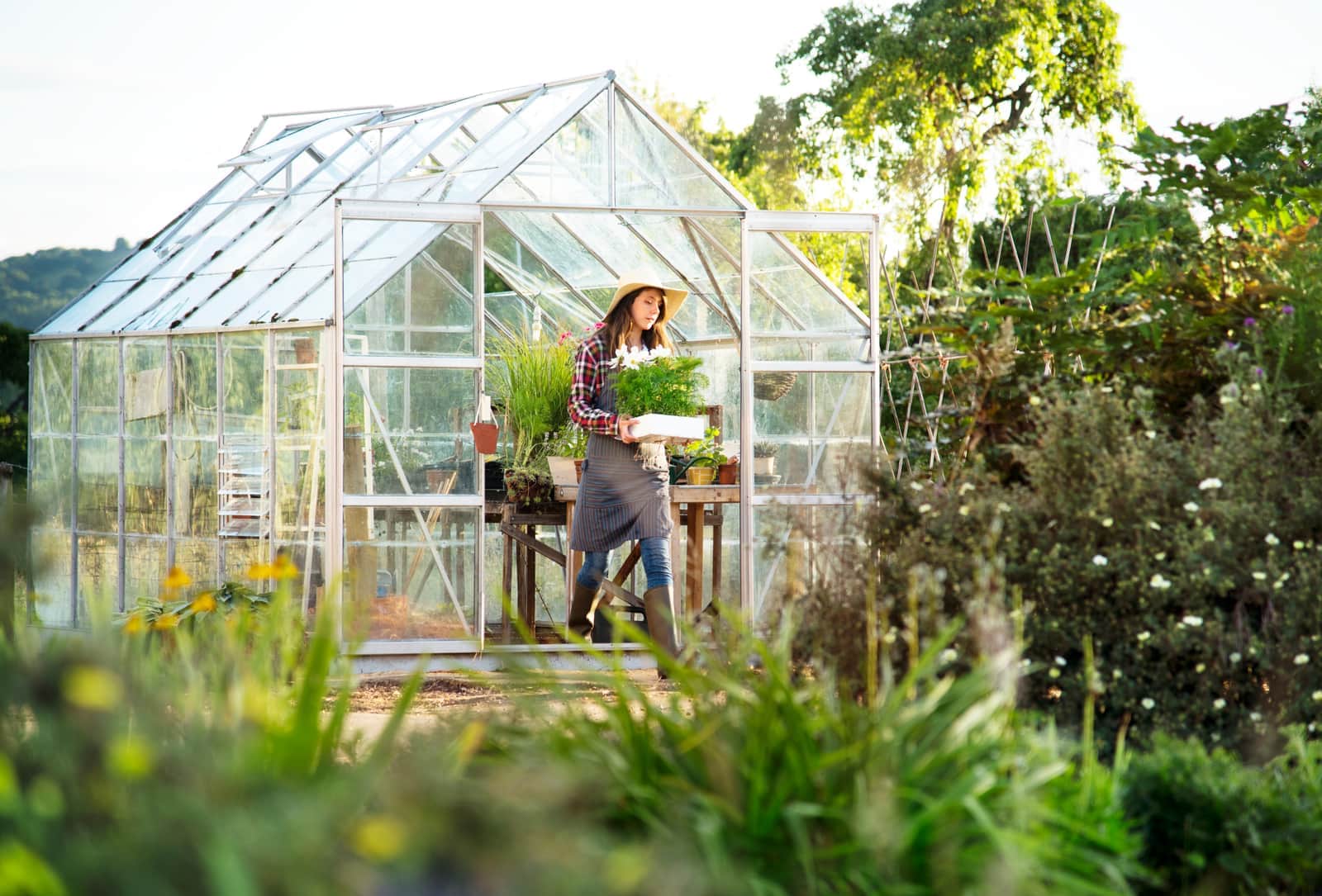Hydroponic Greenhouse Design: Maximizing Year-Round Production in Kansas City
Discover how to design productive hydroponic greenhouses for Kansas City's climate. From system selection to environmental controls, learn the secrets of year-round growing success.

Kansas City's variable climate makes hydroponic greenhouses an ideal solution for consistent, high-yield vegetable production. Our designs integrate proven hydroponic systems with geothermal climate control for maximum efficiency and productivity.
Hydroponic System Selection for Kansas Conditions
The choice of hydroponic system significantly impacts productivity, maintenance requirements, and initial investment. Each system has distinct advantages for different crops and growing goals.
Nutrient Film Technique (NFT) Systems
NFT systems excel for leafy greens and herbs. The continuous flow design provides excellent oxygenation and nutrient delivery while using minimal water and growing medium.
NFT system advantages:
- 90% water savings compared to soil growing
- Faster growth rates for lettuce, spinach, and herbs
- Easy harvesting and replanting cycles
- Excellent for commercial microgreen production
- Lower ongoing medium costs
Deep Water Culture (DWC) Systems
DWC systems provide superior results for larger plants like tomatoes, peppers, and cucumbers. The constant access to nutrients and oxygen promotes explosive root development and fruit production.
Our Kansas City installations using DWC have achieved tomato yields of 40-60 pounds per plant annually in climate-controlled geothermal greenhouses.
Climate Control Integration
Hydroponic systems require precise environmental control for optimal performance. Temperature, humidity, and air circulation must be carefully managed to prevent disease and maximize growth rates.
Critical environmental parameters:
- Air temperature: 65-75°F for most crops
- Root zone temperature: 65-68°F for optimal nutrient uptake
- Relative humidity: 50-70% to prevent fungal issues
- Air circulation: 1-2 air changes per minute minimum
- CO2 supplementation: 800-1200 ppm for enhanced growth
Water Quality and Nutrient Management
Kansas City water typically requires treatment for optimal hydroponic performance. High mineral content and chlorine can interfere with nutrient uptake and beneficial microorganisms.
We recommend reverse osmosis filtration for consistent results, especially in commercial operations where precise nutrient control is critical for crop quality and yield.
Lighting Design for Year-Round Production
Kansas winters require supplemental lighting for most crops. LED systems provide the most efficient solution, offering full spectrum control and minimal heat generation.
LED lighting benefits in hydroponic greenhouses:
- 50-60% energy savings vs. HPS lighting
- Precise spectrum control for each growth stage
- Minimal heat production reduces cooling costs
- 20,000+ hour lifespan reduces maintenance
- Programmable photoperiods for crop timing
Automation and Monitoring Systems
Modern hydroponic greenhouses rely on automation for consistent results and reduced labor. pH controllers, nutrient dosing systems, and environmental monitors ensure optimal growing conditions 24/7.
Remote monitoring capabilities allow growers to track system performance and receive alerts for any parameter deviations, preventing crop losses from equipment failures or environmental swings.
Crop Planning and Rotation Strategies
Successful hydroponic greenhouse operations require careful crop planning to maximize space utilization and market timing. Succession planting ensures continuous harvests throughout the year.
High-value crops for Kansas City markets:
- Baby lettuce and salad mixes (21-28 day cycles)
- Fresh herbs: basil, cilantro, parsley (30-45 day cycles)
- Cherry tomatoes (90-120 day production cycles)
- Microgreens (7-14 day cycles for rapid turnover)
- Specialty peppers and cucumbers for restaurant markets
